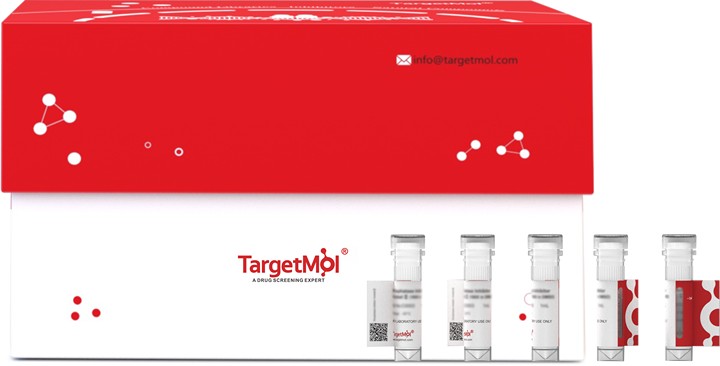Shopping Cart
- Remove All
 Your shopping cart is currently empty
Your shopping cart is currently empty

CRTAM Protein, Human, Recombinant (His), Biotinylated is expressed in HEK293 Cells. The accession number is O95727-1.

| Pack Size | Price | Availability | Quantity |
|---|---|---|---|
| 20 μg | $497 | Backorder | |
| 100 μg | $1,180 | Backorder |
| Biological Activity | Immobilized CADM1 Protein, Human, Recombinant (His) (Cat#TMPY-01298) at 2 μg/ml (100 μl/well) can bind CRTAM Protein, Human, Recombinant (His), Biotinylated (Cat#TMPY-07089), the EC50 is 20-60 ng/mL. |
| Description | CRTAM Protein, Human, Recombinant (His), Biotinylated is expressed in HEK293 Cells. The accession number is O95727-1. |
| Species | Human |
| Expression System | HEK293 Cells |
| Tag | C-His |
| Accession Number | O95727-1 |
| Synonyms | CD355 |
| Construction | A DNA sequence encoding the Human CRTAM (NP_062550.2) (Met1-Ser286) was expressed, fused with a polyhistidine tag at the C-terminus. The purified protein was biotinylated in vitro. |
| Protein Purity | ≥ 95% as determined by SDS-PAGE. |
| Molecular Weight | 31.38 kDa (predicted); 60.1 kDa (reducing contition, due to glycosylation) |
| Endotoxin | < 1.0 EU per μg of the protein as determined by the LAL method |
| Formulation | Lyophilized from sterile PBS, pH 7.4. Please contact us for any concerns or special requirements. Normally 5 % - 8 % trehalose, mannitol and 0.01% Tween 80 are added as protectants before lyophilization. Please refer to the specific buffer information in the hardcopy of datasheet or the lot-specific COA. |
| Reconstitution | Please refer to the lot-specific COA. |
| Stability & Storage | It is recommended to store recombinant proteins at -20°C to -80°C for future use. Lyophilized powders can be stably stored for over 12 months, while liquid products can be stored for 6-12 months at -80°C. For reconstituted protein solutions, the solution can be stored at -20°C to -80°C for at least 3 months. Please avoid multiple freeze-thaw cycles and store products in aliquots. |
| Shipping | In general, Lyophilized powders are shipping with blue ice. |
| Research Background | Cytotoxic and regulatory T-cell molecule, also known as Class-I MHC-restricted T-cell-associated molecule and CRTAM, is a single-pass type I membrane protein which belongs to thenectin family.CRTAM contains oneIg-like C2-type (immunoglobulin-like) domain and oneIg-like V-type (immunoglobulin-like) domain. In the immune system, the expression of CRTAM is restricted to activated class-I MHC-restricted cells, including NKT and CD8 cells. It is strongly expressed in spleen, thymus, small intestine, peripheral blood leukocyte, and in purkinje neurons in cerebellum. It is expressed at much lower levels in testis, ovary, colon, lung and lymphoid tissues. CRTAM is a member of the immunoglobulin superfamily that complies with the structural characteristics of the JAM family of proteins and is phylogenetically more closely related to nectin-like proteins. It is a molecule involved in epithelial cell adhesion. CRTAM is sensitive to intermediate filament disruption and treatment of monolayers with soluble CRTAM enhances cell-cell dissociation and lowers transepithelial electrical resistance. CRTAM may also induce retention by binding to CD8+ dendritic cells (DCs) at the late stage of activation before proliferation. |

Copyright © 2015-2025 TargetMol Chemicals Inc. All Rights Reserved.